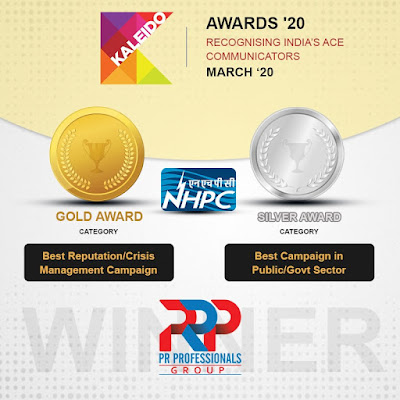Public Relations in India
The
tide of communication channels cropping up in India has transformed the sphere
of Public Relations. This bodes well for marketing, advertising, promoting, mainly
because as a growing economy and a progressing democracy we have room only for
improvement. The issue with managing PR in India is the sporadic tectonic
shifts in public mind set especially being armed with social media and numerous
campaigns. The agenda of PR
is to bond. To build bridges. To foster growth and relationship between the
public inclusive of all stakeholders and the company. Although PR has been
around for centuries through its various names, it found official foothold in
India as a serious industry on in the 1990s. Back then it was mostly
journalists and media persons who found a nexus with PR, and their backgrounds
helped them build upon successful PR programs. Of course, after the explosive
growth of entrepreneurs, young industrialists fighting to compete with
established stalwarts, the need to positively assert their position in a
competitive environment required some skilful manipulation of the public’s
rising and falling interest.
Enter organized branch of PR. For
the past few decades, PR courses and mass communication
have generated interest in students. An example of successful of PR was the
control of fallout after Satyam scam, with shareholders’ money on the line
along with a shaky economy. The government conducted a bid to invite investors
which was fiercely contested and won my Mahindra and Mahindra to integrate into
a group IT company. This was a case of mitigation or crisis
management, however long term solutions depend upon positive
reinforcement through a religiously followed course of time. India has after a
series of shocks and hits woken up to this reality leading to various PR firms
successfully launching themselves on the global platform too. Here it is not
just politics, corporates, private players but also individuals that need
strong PR. Social media is a powerful tool to attain this. Instead of holding
the client as the highest pedestal PR industry has now switched to client
engagement while measuring the colour and impact of any strategy. The corporate
class has graduated to relying on fresh graduates, students experiencing the steep
learning curve. As a result, many colleges and universities offer specialised
PR programs. Metros like Calcutta, New Delhi, Bombay and Bangalore have
academically strengthened themselves in PR, recognizing the curriculum. This is
also the reason for major PR agencies being accumulated only in such cities.
The economic slowdown in 2013 was an eye opener for agencies to tackle policy
paralysis and marry marketing with PR for reputation management. Now, with the
success rate of PR campaigns reflected in the public reception, more and more
clients are reposing their faith in such agencies. The main reasons being:
1. They
make up for the trust deficit.
2. They
have to be in competition too.
3. The
sphere of PR is an essential, clandestine and very vaguely understood idea.
4. They
are well equipped to balance the profit agenda and the CSR of any company,
making PR a comprehensive exercise, requiring delegation at the hands of
experts.
There
are obvious challenges existing in the PR industry:
1. There
is the lure of better pay that would lead to poaching of professionals,
polarising the industry in favour of few. This is due to the scarcity of
skilled professionals.
2. Lack
of understanding. Many persons view PR as a spin job, who manufacture truths to
suit the client needs. There needs to be a change in perception towards the
crucial contribution of PR.
3. Requirement
of leaders to spearhead this fledgling industry in the correct direction,
calling for academic rigor and theoretical pedagogy.
India
stands to gain heavily in PR industry. It already does. Public Relations is a
weighty issue and should be recognized fairly to be given its due for
revolutionizing the spectrum of client-consumer interactions, whether public or
private.


Comments
Post a Comment